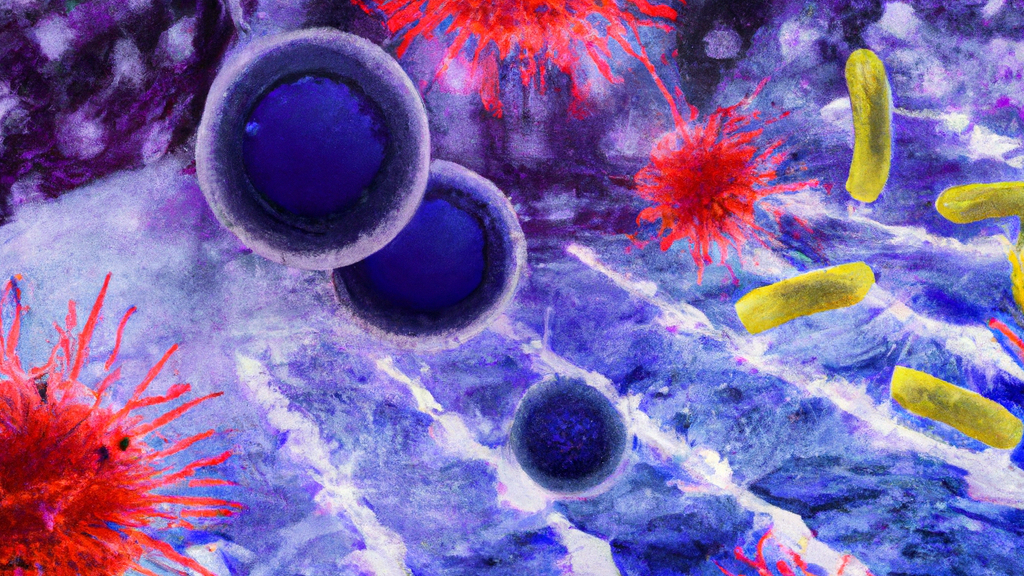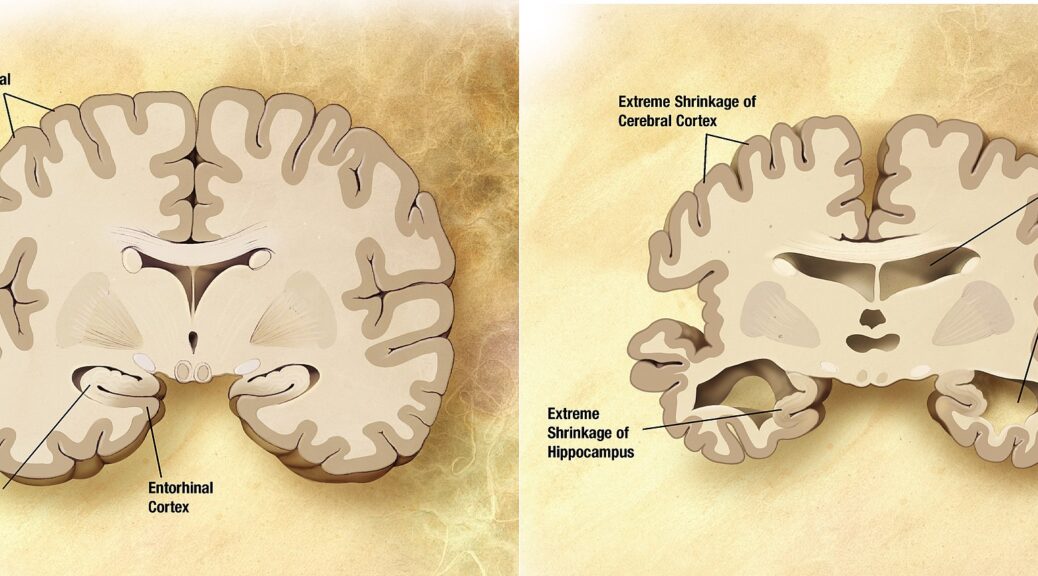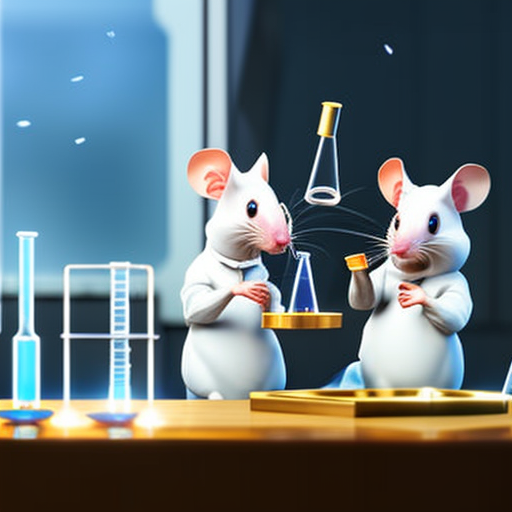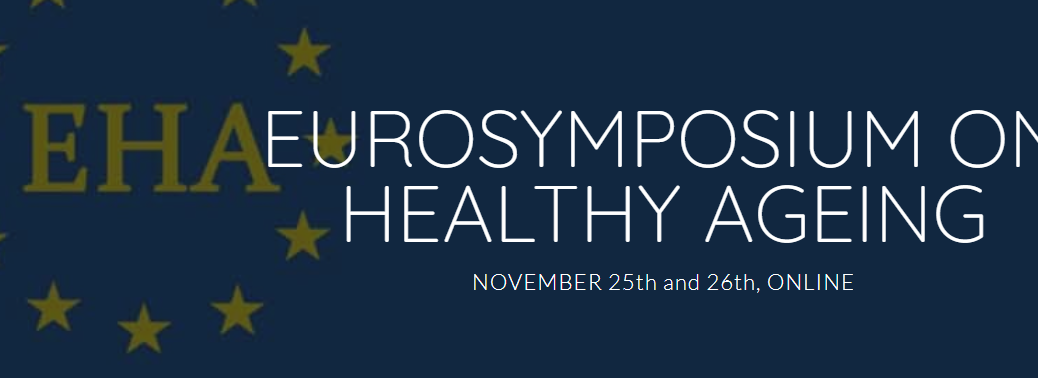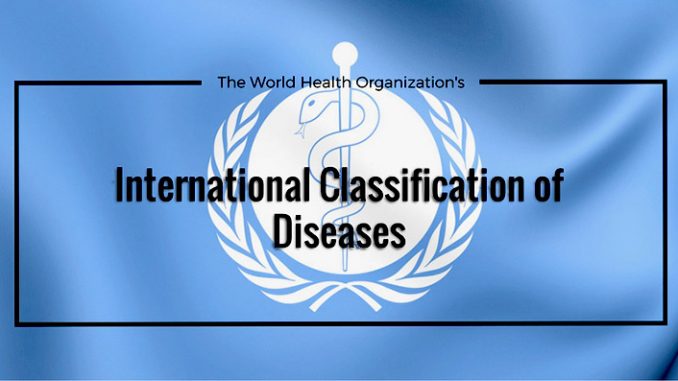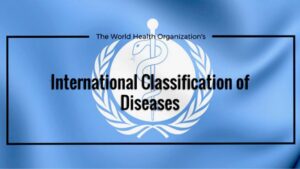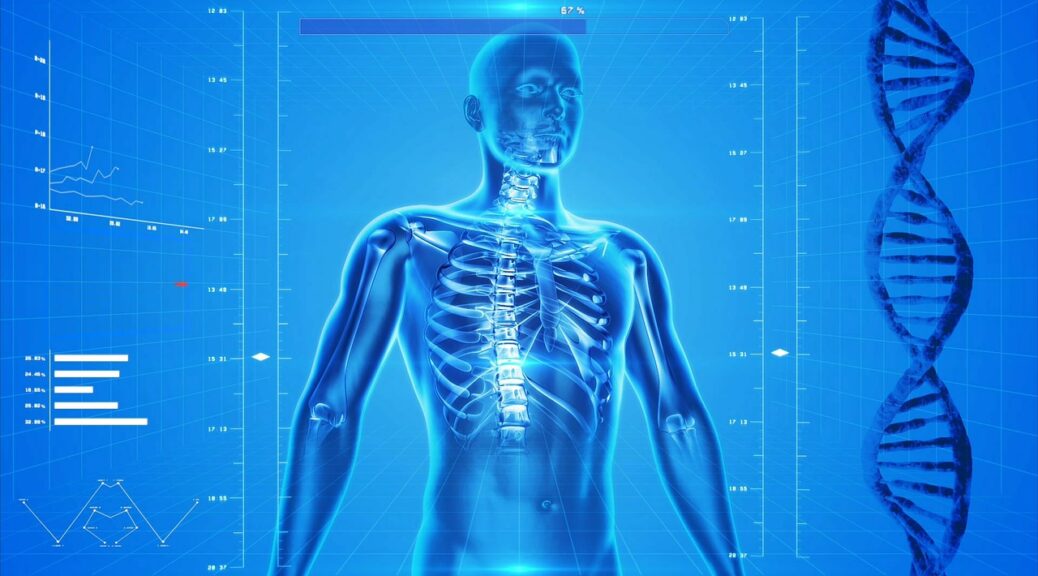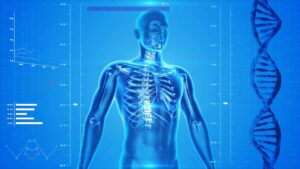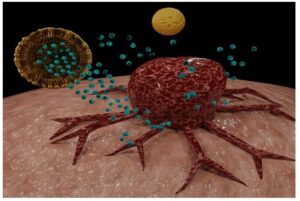This doesn’t mean we won’t die. But all age-related ailments will one day be eradicated. We’ll be able to stay younger for longer,”
Jean-Marc Lemaitre, Director of Research at Inserm and co-director of the Institute of Regenerative Medicine and Biotherapies in Montpellier. (Translation. Le Figaro. June 18, 2023).
This month’s theme: Longevity, Blue Zones, and Adapted Housing
Introduction
According to the WHO, aging, as it develops now, presents both challenges and opportunities. It will increase demand for primary health care and long-term care, require a larger and better-trained workforce, and intensifies the need for physical and social environments to be made more age-friendly.
Yet, these investments can enable the many contributions of older people – whether it be within their family, to their local community (e.g., as volunteers or within the formal or informal workforce), or society more broadly. Societies that adapt to this changing demographic and invest in healthy aging can enable individuals to live both longer and healthier lives and for societies to reap the dividends.
Blue Zones (already approached in a newsletter in 2021)
The island of Okinawa, Japan; parts of Sardinia; Nicoya, Costa Rica; Ikaria, Greece, and Loma Linda, California are dubbed blue zones (a concept coined in 2005,) where people live the longest and they are healthiest: The concept of blue zones grew out of the demographic work done by Gianni Pes and Michel Poulain outlined in the Journal of Experimental Gerontology, identifying Sardinia as the region of the world with the highest concentration of male centenarians (even if extreme ages could also be explained by bad birth data).
Whilst diet, exercise, and sleep are key factors in longevity, there are other lifestyle traits that Blue Zone inhabitants follow. Having a good social network is intertwined with Blue Zone communities and you will often find grandparents still living with their families. Studies have shown that those who look after their grandchildren are more likely to live longer. Similar to this, communities have strong social networks and each of these lifestyle factors has been linked to living a longer and healthier life.
In addition to exercising and following an adequate diet, sleep is another deciding factor in longevity. Blue Zone inhabitants ensure they get enough sleep during the night and you will often find them taking short naps during the day. In Blue Zones, people tend to listen to their bodies, rather than having set sleeping hours. They sleep as much as their body tells them to. “They discovered that naps as short as twenty-six minutes in length still offered a 34 percent improvement in task performance and more than a 50 percent increase in overall alertness.”
In Blue Zones, exercise is built into everyday life, rather than having a set time for the gym, or to go on a hike. Inhabitants exercise through their daily tasks such as cooking, walking, and gardening. A study was done on men living in Sardinia and it found that raising their farm animals, living on steep slopes, and walking long distances to work was associated with living longer. Benefits from other studies have shown that exercise reduces the risk of cancer, heart disease, and death overall.
Fasting is common in those communities. Intermittent fasting is one of the most well-known types. This involves fasting for certain hours of the day, particular days of the week, or consecutive days of the month. Fasting has been shown to lower blood pressure, reduce weight, and lower cholesterol.
Those who live in Blue Zones often eat a diet that is heavily plant-based. Typically, most of the population are not vegetarians but will limit their meat consumption to around 5 times a month. Their diets tend to be 95% plant-based and they contain vast amounts of vegetables, legumes, whole grains, olive oil, and nuts. In places such as Icaria and Sardinia, inhabitants will often eat substantial amounts of fresh fish. This tends to be high in Omega 3, which is important for keeping your brain and heart healthy. Commonly, those living in Blue Zones follow a calorie-restricted diet, which has been shown to increase longevity. Eating too many calories can lead to weight gain and chronic diseases.
Variety of Retirement Houses
If we were able to live in perfect housing for all who live, how many years of (healthy) life expectancy would we win? Are retirement houses better places for a longer life than being at home with (younger) family members? Or is it the other way around?
Retirement Villages are larger settlements that have been established as an important form of housing provision for older people in the USA, Australia, New Zealand, and South Africa for the last forty years or more, and in some cases, particularly in Florida and Arizona, these settlements can be very large indeed with up to 5000 dwellings. This scale of settlement, a possibility in areas where land is relatively cheap and where planning laws are relatively unrestrictive, means that lavish communal facilities – golf courses, pools, tennis courts, fitness centers, and much else – can be economically provided and it is these facilities which generate demand for such housing, particularly among the younger retired. Downsizing for those in their late 50s is very much more common in the USA than it is for instance in the UK and this trend is reinforced both by the fact that US local taxes are very much lower out of town and by the huge climatic advantages that Arizona and Florida can offer.
Another huge advantage of larger retirement settlements is that care can be provided very flexibly as residents get older and frailer either within individual homes by care workers operating from a central hub or in care homes and supported housing provided within the overall retirement complex.
Independent Living services are supposed to offer residents the freedom to live their lives as they see fit, to accommodate their residents’ unique needs. Independent Living is meant to combine the familiar comforts of home with the excitement of new experiences.
Study on personal control and aging in a nursing home, residents who were instructed to think of themselves as more independent and had more responsibility for their daily activities, rather than relying purely on caregiver or nursing staff, lived longer than those who were treated just as nicely but were not provided with activities that would increase their perceived independence. The study demonstrated a significant improvement in the experimental group over the comparison group in alertness, active participation, and a general sense of well-being.
In a ‘counterclockwise’ study in 1979, the design included eight older men who lived together for 5 days on a retreat as if they were living 20 years back in time (ie, in 1959). This experience resulted in improvements over the baseline on several measures. Hearing, memory, and grip strength improved.
This collective environment could be also the ideal place for collective studies of new treatments for longevity. This happens far from enough yet, however.
Conclusion
Our environment contributes strongly to the length of our lives. One important aspect is the level of wealth, but many other aspects are important as well. The USA is by far the country with the most medical scientists and the biggest part in percentage and in absolute terms of the GDP used for health. However, life expectancy in the US is far behind most European countries and Canada, but also in some poorer countries.
This means that significant progress toward a longer, healthier life does not require major funding. But we do need more research, more data, and more clinical trials with well-informed elderly people to “reuse” what can be reused, and also to detect/debunk sometimes over-optimistic visions. These studies could also help to detect “weak signals” that could lead to more radical developments in longevity.
The good news of the month: Taurine supplementation slows aging and extends lifespan in mice
Taurine is an acid widely distributed in animal and human tissues. The concentration diminishes with age. It is now established that supplementation is useful for healthy longevity for mice. A publication in Science mentions that the median life span of taurine-treated mice increased by 10 to 12%, and life expectancy at 28 months increased by about 18 to 25%.
In this domain, like in many others, clinical trials on well-informed aged volunteers should begin fast.
For more information


